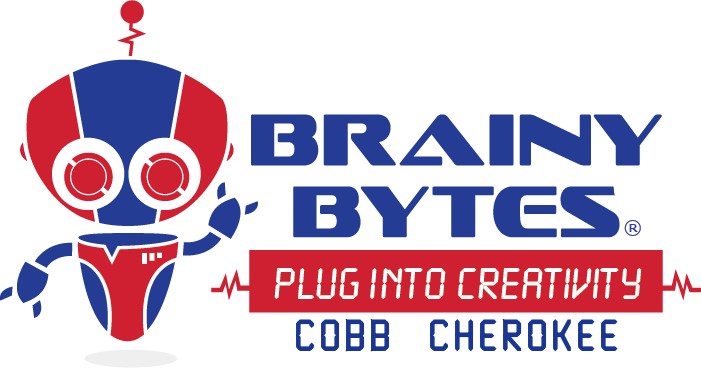
STEAM (Science, Technology, Engineering, Art & Math) has been the buzzword in the education community for some time as schools emphasize the importance of the sciences and arts in this ever-increasing age of technology.
Combining Entrepreneurship with STEAM to make ESTEAM not only gets students excited about the sciences but also prepares them for the challenges of our ever-changing world. According to an article from venturelabs.org, “When youth are exposed to entrepreneurial thinking, a profound change takes place. They become more aware of opportunities around them, develop powerful problem-solving skills, and improve their abilities to think critically and creatively.”
“Focusing on practical skills for the students which include being creative, flexible, data-driven, able to work in teams, and persistent, STEAM prepares future entrepreneurs,” according to the Beba Innovation & Entrepreneurship Foundation.
“The main goal of both STEAM and entrepreneurship is to foster innovation by combining the mind of a technologist with that of an artist or a designer. At the center of every innovative entrepreneurial venture, there is a desire to meet a specific need and be able to solve a specific problem.”
From a practical standpoint, how does STEAM prepare future entrepreneurs and how can it be implemented in the classroom? Jerri LaMirand and Kelly Van Meter writing for The Journal, co-developed a district-wide STEAM model for schools in Texas. In their article, they encourage educators to focus on the four D’s and have provided examples of what STEAM can look like in the classroom.
Discovery – This is all about creativity and looking for problems to solve. In your STEAM classroom, this can be as simple as having students start a Bug Me List. Entrepreneurs are constantly on the lookout for problems to solve.

Design – Like engineers, entrepreneurs must look at a problem from multiple perspectives. Take the example of asking students to create a boat that can float with pennies inside. In an engineering lesson, they would test their solutions and improve their designs. To infuse entrepreneurship, we need to level up the human element and challenge students to design the boats for a specific problem — like one they could use to rescue animals after a flood.
Development – In the development stage of the work, students need to test their design and gather feedback from end-users. Ask students to develop a business model for their solutions, something they can use in the feedback process to test the assumptions in their model.
Delivery – Entrepreneurs are constantly pitching and promoting their ideas and must be able to engage audiences clearly and succinctly. Asking students to pitch their solutions is an easy way to add an entrepreneurship flavor to the engineering process. They’ll build skills by clearly articulating their ideas and engaging an audience while speaking or writing.
Higher education has recognized the importance of Entrepreneurship and STEAM. According to Michigan State University, “Both concepts result in individuals who take thoughtful risks, engage in experiential learning, persist in problem-solving, embrace collaboration, and work through the creative process. Every aspect of STEAM has a connection with entrepreneurship.”
This need is not just recognized in higher education, enrichment programs such as Brainy Bytes incorporate the 4D’s in their project-based STEAM courses starting in elementary school. The earlier it is introduced and woven into the curriculum; the more STEAM can prepare future entrepreneurs.
In our new data-driven world, the increasing intertwining of science and business makes STEAM and entrepreneurship travel on similar trajectories and deal with many of the same complexities. Connecting Entrepreneurship with STEAM helps students see the importance of cooperation and communication when building systems and structures with unlimited business potential. When these future entrepreneurs discover tools and skills that can solve problems and possibly change communities, they are empowered to take on challenges they would have previously thought impossible.
To learn more about how STEAM prepares future entrepreneurs and STEM educational resources for parents, educators, and entrepreneurs, visit cobbcherokee.brainybytes.com.




